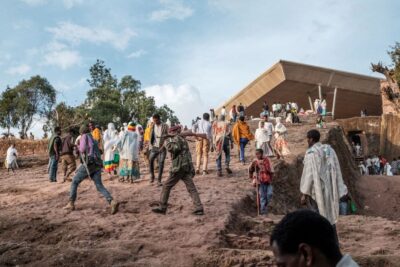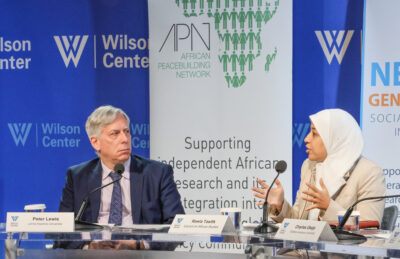Abbas Milani, Director of Iranian Studies at Stanford, argues that Ayatollah Khamenei massively miscalculated the extent of his power with regard to the recent presidential election in Iran:
What makes this moment different from past incidents of confrontation between the regime and the people is that, this time, many pillars of the regime are part of the opposition. Aside from Mousavi, who was prime minister for eight years, Rafsanjani, former president Mohammad Khatami, former speaker of the parliament Mehdi Karubi, and many other past ministers and undersecretaries are now leading the movement demanding new elections. Moreover, since the demonstrators come from all walks of life, it is more difficult than in the past to accuse them of immaturity or youthful impertinence, or of falling prey to the designs of the “Great Satan.”
Recognizing the growing tide of popular discontent, Khamenei blinked. He indirectly conceded that the election—which he had previously described as a divinely designed victory for the Islamic regime—might have been rigged. The twelve-man Guardian Council—which he appointed to “carefully” look into the allegations of fraud—will likely follow Khameini’s lead in their ruling. The question is how cowed the cleric will be in the face of powerful and persistent opposition.
The regime still has the capacity to contain the disgruntled demonstrators and maybe even co-opt their leadership. But the majestic power of large peaceful crowds, tasting the joys of victory embodied in acts of civil disobedience, and brought together by the power of technologies beyond the regime’s control, is sure to beget larger, more confident, and more disciplined crowds. When people defied Khamenei’s orders by gathering en masse on Monday, the regime’s armor of invincibility—so central to the regime’s authoritarian control—was cracked. Without it, the regime cannot survive, and reestablishing it can come only at the price of great bloodshed.
Read the entire article in The New Republic.












